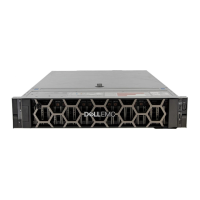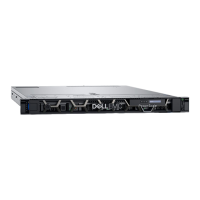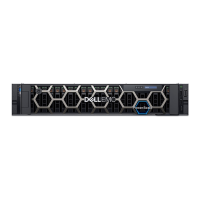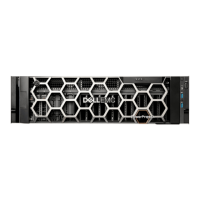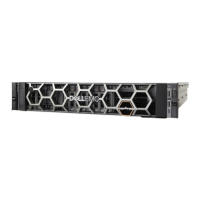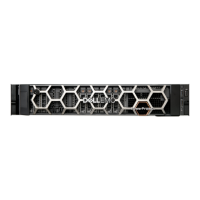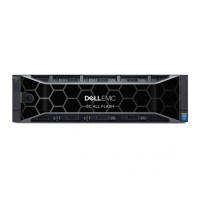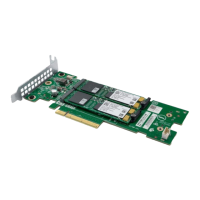5. Select Add. The iSCSI Initiator Discovery screen displays.
6. Using the Example worksheet for single host server with dual port iSCSI NICs you created earlier, enter the IP address for port A0 in
the IP Address field, then click Next. For example: 172.1.100.128.
7. Select Connect.
8. On iSCSI Initiator Discovery screen, select the next adapter and then select Connect.
9. When prompted, select Continue to bypass the warning message, “Warning target with TargetName is already connected”.
10. Select Startup to Automatic, then click Next.
11. Repeat steps 2-10 for all remaining adapters.
12. Once the targets are connected, click Next > Quit to exit YaST.
13. Reboot the host to ensure that all targets are automatically connected.
Register the host and create and map volumes
1. Log in to the ME Storage Manager.
2. Access the Host Setup wizard by doing one of the following:
• From the Welcome screen, click Host Setup.
• From the Home topic, click Action > Host Setup.
3. Confirm that you have met the listed prerequisites, then click Next.
4. Enter a hostname.
5. Using the information from step 12 of the For SLES 12 to identify the correct initiators, select the iSCSI initiators for the host you are
configuring, then click
Next.
6. Group hosts together with other hosts.
a) For cluster configurations, use the Host groups setting to group hosts in a cluster.
• If this host is the first host in the cluster, select create a new host group, then provide a name and click Next.
• If this host is being added to a host group that exists, select Add to existing host group. Select the group from the drop-
down list, then click Next.
b) For Stand-alone hosts, select the Do not group this host option, then click Next.
7. On the Attach volumes page, use the options to change the volume name and size (by default two 100GB volumes are created);
select the pool where the volume will reside; and add or delete volumes. Click Next.
NOTE:
Dell EMC recommends that you update the name with the hostname to better identify the volumes.
8. On the Summary page, review the changes made, then click Configure Host.
• Click Previous to go back and change the settings.
• Click Yes to return to the Select Host page of the wizard, or choose No to close the wizard.
Enable and configure DM Multipath
NOTE:
Be sure to safeguard and blacklist internal server disk drives from multipath configuration files. These steps are
meant as a basic setup to enable DM Multipath to the storage system. It is assumed that DM Multipath packages are
installed.
For RHEL 7 / SLES 12:
1. Run the multipath –t command to list the DM Multipath status.
2. If no configuration currently exists, use the command information displayed in step 1 to copy a default template to the directory /etc.
3. If the DM multipath kernel driver is not loaded:
a) Run the systemctl enable multipathd command to enable the service to run automatically.
b) Run the systemctl start multipathd command to start the service.
4. Run the multipath command to load storage devices in conjunction with the configuration file.
5. Run the multipath –l command to list the Dell EMC PowerVault ME4 Series storage devices as configured under DM Multipath.
Create a file system on ME4 Series volumes
NOTE:
The following steps are to configure a simple XFS file system to mount as a volume from the ME4 Series storage
system.
50 Perform host setup
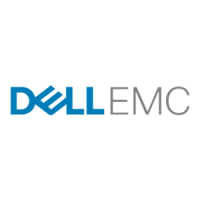
